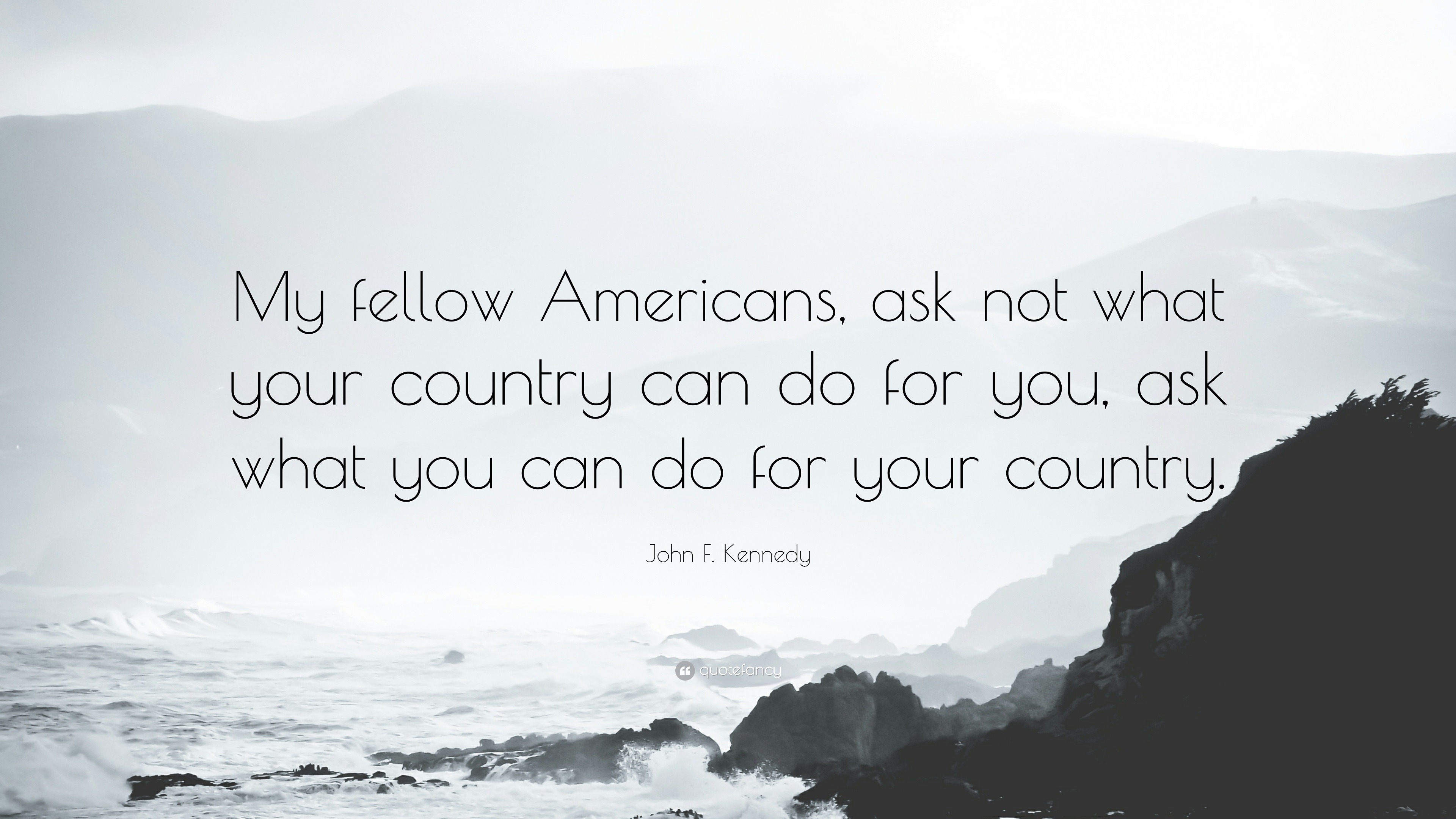

Again, assume the meaning of the quote and its relevance is unclear to the reader, even if it seems like the most obvious connection in the world to you.Ī note on block quotes: watch out! Do not abuse the block quote. As a rule of thumb, do not end paragraphs with quotes, because this usually means the quote has not been analyzed. A quote is evidence for your argument, but never assume your reader (or grader) will understand why the quote is good evidence you must explain how or why it supports your argument. If there are specific words in your source that are essential to your analysis (in other words, something that you “close read” to tease out the meaning or in history, lines from a primary source that you wish to analyze as evidence), then by all means quote! Or, if you are bringing in the argument of another scholar, it can be good to quote their main argument in their own words before engaging with it.Ī quote should always be analyzed. If you can’t paraphrase it, then quote it. Never waste space with an unnecessary quote. If you can say it just as well yourself, paraphrase! Note that you must still cite everything that you paraphrase. Paraphrasing is an essential and often underutilized tool that every writer must embrace. Quote what you cannot paraphrase effectively.įor most details you cite in a paper, you should paraphrase (succinctly rephrase it in your own words). I have based these rules on my experience as a History concentrator, so note that my rules might work better for someone in the humanities than someone in the sciences.ġ. However, for the majority of the analytical writing you will do at Harvard, I have designed a few simple guidelines about when to quote. There are no hard-and-fast rules about what to quote, when to quote, and how much to quote. How do you choose what to quote, what to paraphrase, how it all fits in with your argument? Is there a minimum or maximum number of quotes a good paragraph should have? Then again, deciding what to paraphrase-what not to quote-is an equally important skill. A.T.Quoting, in a sense, is the easiest part of writing a paper: someone else already did the writing! Deciding what to quote, however, can often be a challenge for writers.

a little piece of Poland, a little piece of France." No wonder he's "world famous in Poland"! Extras include a behind-the-scenes making-of featurette, and interviews with Brooks, Durning, and the lovely Bancroft, all the more bittersweet viewed after her 2005 death. There are witty blink-and-you'll-miss-them moments, too early in the film, Bronski is barking orders to his theater staff, including one crew member who's named Sondheim, apparently solely so that later Bronski can bark, "Sondheim, send in the clowns!" Also not to miss is the production number "Naughty Nazis," in which Bronski, as a misunderstood Hitler, sings, "All I vant is peace.

As one would expect in a Brooks film, there's lots of silliness, but the script is leavened with real drama and fleshed out by a superb cast, including Charles Durning as a semi-clueless Nazi official. Bancroft, in her early '50s, is so gorgeous and seductive it's perfectly believable that she's beguiling to men of all ages-from a hunky young flier played by Tim Matheson to a wizened Nazi collaborator played by Mel Ferrer.

It's a joy to see the two spar, snuggle, and softshoe together. Brooks stars as Frederick Bronski, a legend-in-his-own-mind leading man, and Anne Bancroft, Brooks' real-life wife, is his glamorous-and amorous-spouse. In To Be or Not to Be, a remake of a 1942 Jack Benny comedy, Brooks and an all-star ensemble cast have a splendid time working as a makeshift Polish underground in World War II, using as their cover their theatrical company. No filmmaker seems to take such glee at poking fun of the Nazis as Mel Brooks.


 0 kommentar(er)
0 kommentar(er)
